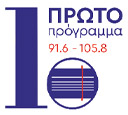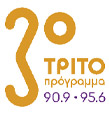An emblematic refugee “relic”
Mosaic icon of the Virgin Glykophilousa, the “Episkepsis”.
Late 13th century.
BXM 990
The icon is one of the first and most important works among the refugee heirlooms delivered to the BCM by the Asia Minor Refugee Heirlooms Committee on January 9 1925, to which the inventory numberΚ. Πρ. 1 was assigned. It comes from the church of Saint Basil in the Bithynian city of Trigleia (present-day Tirilye) on the south coast of the Sea of Marmara. It is a very rare and particularly valuable work, given that mosaic icons were among the most lavish objects of byzantine art. It was rescued by the shipowner Philippos Kavounides, who transferred it in one of his ships together with a double-sided icon, also of the Theotokos, called “Pantovasilissa” dating back to the 14th century, kept today in the church of the same name at Rafina.
In a letter dated September 24 1982, the honorary chairman of the Hellenic Telecommunications Organization (OTE) Chrysos Kavounides, informed the then Director of the BCM Pavlos Lazarides that “in August 1922, when the Asia Minor front collapsed, the President of the Community of Triglia and the entire Community Council sent an official written appeal to my father, Philippos Kavounides, a shipowner based in Constantinople, to make every effort to rescue the population”.Indeed, his father took action by sending his ships and chartering others, and succeeded in saving the inhabitants of Trigleia and the surrounding area. Kavounides himself landed in Trigleia and, accompanied by a unit of armed mariners and fellow villagers, collected from all the churches and monasteries the sacred vessels and the two holiest icons of the settlement, the mosaic icon and the miracle-working icon of Panagia Pantovasilissa. He then handed over all these objects to the Refugee Heirlooms Committee.When, later, the displaced inhabitants of Trigleia settled in Rafina, Attica, they requested the return of the Pantovasilissa icon, which is still kept in the homonymous church at Rafina. Owing to its great archaeological significance, the mosaic icon of the Virgin Glykophilousa, known as “the Episkepsis” remained in the Museum where it is on display.
The double-sided icon handed back to the refugees in Rafina was conserved at the BCM conservation laboratories. On side A, the 14th-century representation of the Virgin and Child had been covered by overpainting executed in 1899. During the treatment, the overpainted areas were not removed, as the Ecclesiastical Council did not wish to alter the appearance of the venerated Virgin. The icon’s painted surface had been seriously damaged by fire. Side B had been totally blackened. The cleaning process unveiled a representation of the Crucifixion dating from the 14th century. The Virgin’s epithet “η Πάντων Βασίλισσα” (Holy Mother, Queen of All) preserved on the paint layer, the provenance, the type, the enormous size and the high artistic quality of the work uphold the view that the icon is identified most likely with the hitherto lost icon of the famous byzantine church of Panagia Pantovasilissa at Trigleia in Bithynia.


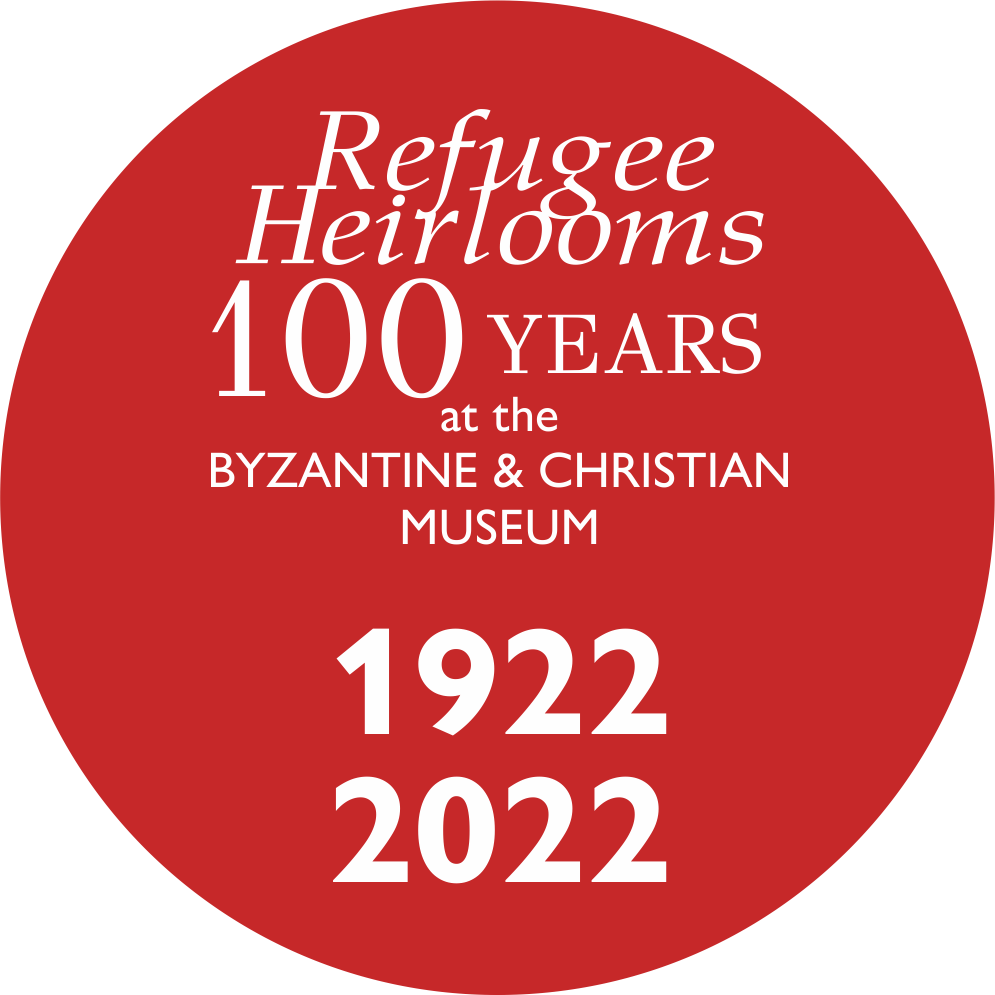
.jpg)
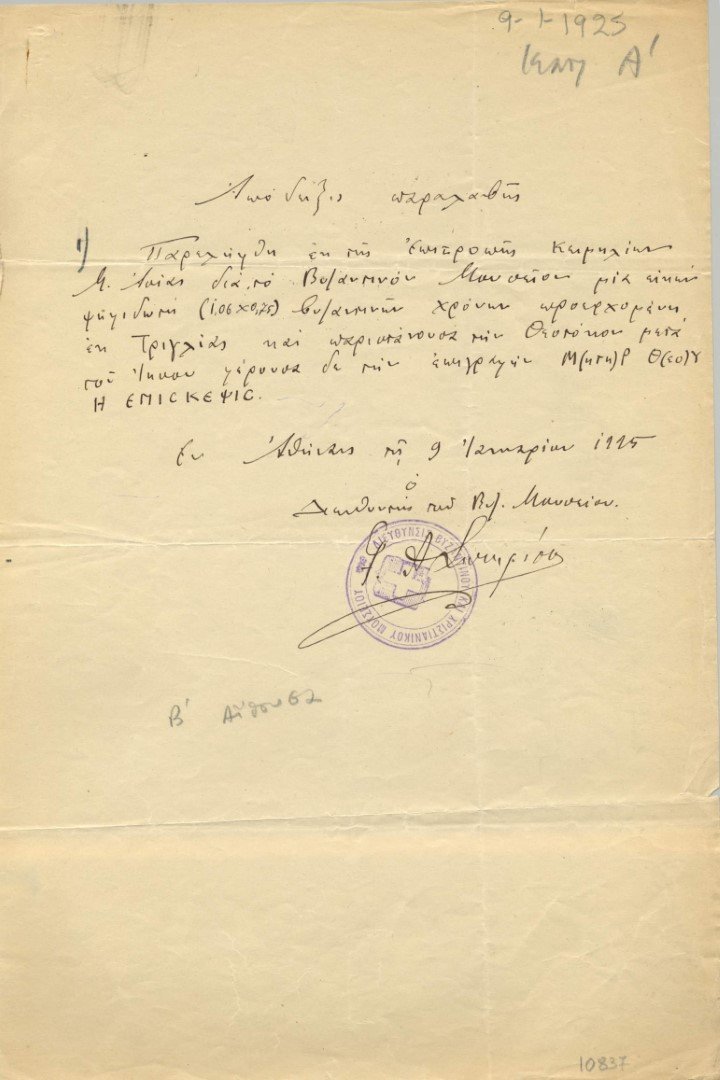
.jpg)
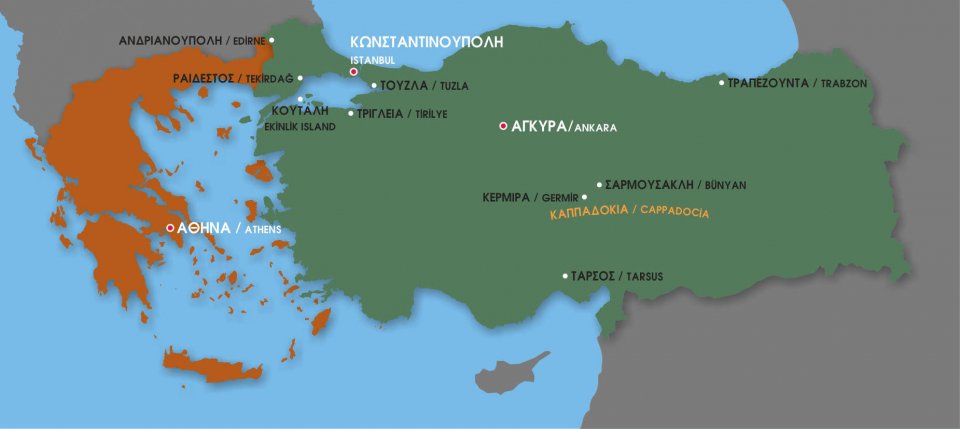
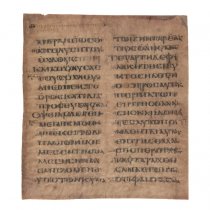 Purple Gospel
Purple Gospel .jpg) The double-sided icon from Tuzla
The double-sided icon from Tuzla .jpg) An emblematic refugee “relic”
An emblematic refugee “relic” 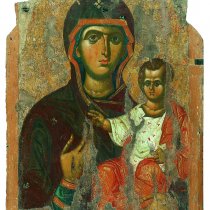 A byzantine Hodegetria
A byzantine Hodegetria 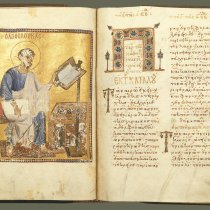 An Evangelistary from Trebizond
An Evangelistary from Trebizond .jpg) A significant Palaeologan work
A significant Palaeologan work 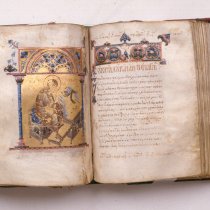 Tetraevangelion from Adrianople
Tetraevangelion from Adrianople .jpg) A Cretan icon from Eastern Thrace
A Cretan icon from Eastern Thrace .jpg) “Joined in matrimony”
“Joined in matrimony” 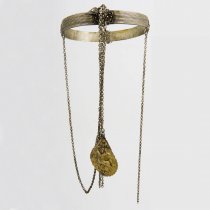 A peculiar neckband
A peculiar neckband 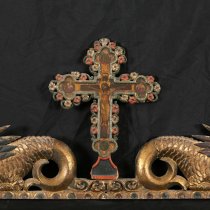 Fragmented memory
Fragmented memory .jpg) Zumzud, the pilgrim
Zumzud, the pilgrim .jpg) A refugee heirloom in “Russian style”
A refugee heirloom in “Russian style” .jpg) An unusual “icon” from Cappadocia
An unusual “icon” from Cappadocia .jpg) "He (the Lord) keeps all their bones …" (Psalm 33: 21)
"He (the Lord) keeps all their bones …" (Psalm 33: 21) .jpg) A Karamanli icon
A Karamanli icon 
